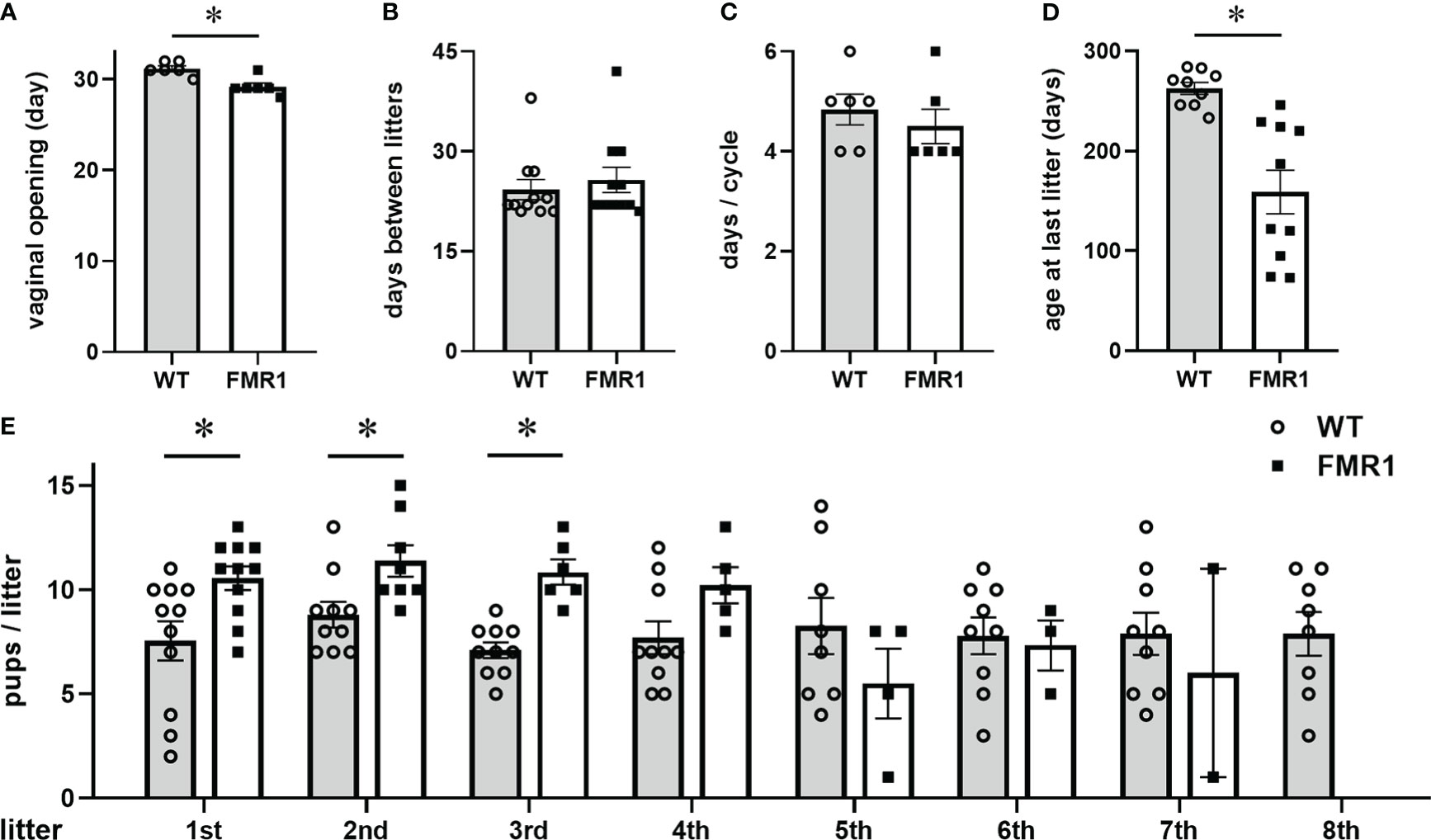2023-03-30 サセックス大学
蛾は夏の短い夜間に重要な役割を果たし、ブラックベリーなどの作物の豊作をもたらす。しかし、蛾はイギリスで深刻な減少を見せており、道端や生け垣などで、白い花や多肉植物を育てること、夜間の照明を消すことなど、保護の取り組みが必要だと指摘されている。
<関連情報>
- https://www.sussex.ac.uk/research/full-news-list?id=60568
- https://journals.plos.org/plosone/article?id=10.1371/journal.pone.0281810
マーベラス蛾!ブランブル(Rubus futicosus L. agg.)の花粉付着率は、昼よりも夜の方が高い。 Marvellous moths! pollen deposition rate of bramble (Rubus futicosus L. agg.) is greater at night than day
Max Anderson,Ellen L. Rotheray,Fiona Mathews
PLOS ONE Published: March 29, 2023
DOI:https://doi.org/10.1371/journal.pone.0281810
Abstract
Widespread concerns about declines of wild pollinating insects has attracted considerable research interest, largely directed towards identifying key nectar sources and assessing the contribution of pollinators towards ecosystem services. However, previous work has almost exclusively focussed on bees and other diurnal invertebrate taxa. This study aimed to assess the relative contribution of diurnal and nocturnal insects to the pollination of bramble (Rubus fruticosus agg.), a common and widespread species aggregate across Europe, which has been identified as a key source of pollen and nectar for diurnal pollinators. Bramble flower visitation rates by diurnal and nocturnal insects were quantified by analysing over 380,000 interval photographs taken over a 3-day period across 10 sites. A pollinator exclusion experiment was also undertaken to assess the importance of diurnal and nocturnal insects for pollination by analysing pollen deposition on 480 bramble stigmas of nocturnally exposed, diurnally exposed and unvisited control flowers across all sites. Flower visitation was significantly higher during the day, comprising 83% of all visits made by a range of taxa. Nocturnal visitation was almost exclusively by moths. Crucially, pollen deposition rates of bramble were significantly higher during the night compared with the day. No relationship was detected between pollen counts and flower visitation rates, suggesting that moths are more efficient pollinators of bramble compared with diurnal insects. Overall, this work provides further evidence of the value of bramble as a resource for pollinators and demonstrates that moths likely play an important role in bramble pollination.


